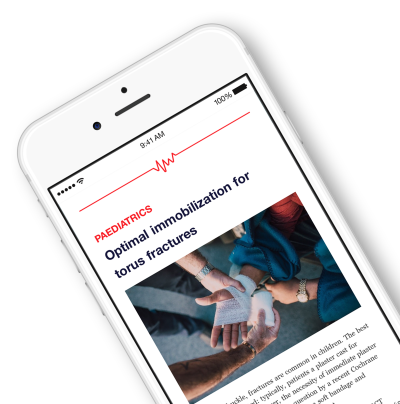Interpreting Results from Randomized Trials .
Clinicians regularly encounter effect measures such as RR, OR, HR, RD, ARR, RRR, and NNT when interpreting dichotomous outcomes in trials and observational studies. Understanding what each means—and how they differ—is essential for translating evidence into practice. Relative measures (RR, OR, HR, RRR) describe proportional differences between groups, while absolute measures (RD, ARR, NNT) ground results in the actual change in event rates. RR compares risks directly; NNT expresses how many patients must be treated for one additional benefit; RRR reframes RR as a percentage difference; HR incorporates time-to-event information; and OR approximates RR only when events are rare. Across all measures, interpretation hinges on the 95% CI to judge both the magnitude and certainty of effect.
Unlock the Full original article
You have access to 4 more FREE articles this month.
Click below to unlock and view this original article
Unlock Now
Critical appraisals of the latest, high-impact randomized controlled trials and systematic reviews in orthopaedics
Access to OrthoEvidence podcast content, including collaborations with the Journal of Bone and Joint Surgery, interviews with internationally recognized surgeons, and roundtable discussions on orthopaedic news and topics
Subscription to The Pulse, a twice-weekly evidence-based newsletter designed to help you make better clinical decisions
Exclusive access to original content articles, including in-house systematic reviews, and articles on health research methods and hot orthopaedic topics
































































